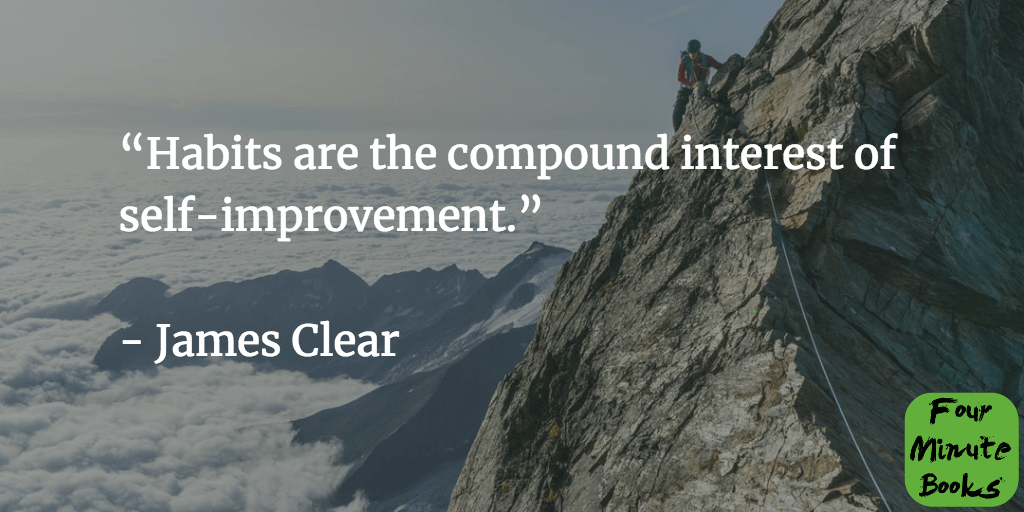If you’ve ever felt like you’re trying to do everything at once, or spreading yourself too thinly in your working life and personal life, you’re not alone. You can’t give your undivided attention to everything all the time. And according to this week’s book you shouldn’t be trying.
The 80/20 Principle: The Secret of Achieving More with Less (1997) by Richard Koch is a well-known title – GQ placed it in the Top 25 Business Books of the 20th Century. Koch himself is an entrepreneur, and the book takes a focus on the observations of Italian economist Vilfredo Pareto.
The ‘Pareto Principle’ is one of those terms that gets thrown around at away days and dinner parties, but this book shows you the real applications. Let’s take a look at how the ‘predictable unbalance’ at the heart of Pareto’s idea applies to your business, your life, even your happiness.
What makes it great, in a nutshell?
The 80/20 Principle could be read as a manifesto for working smart, not hard. Koch summarises that “A minority of causes, inputs or effort usually leads to a majority of the results, outputs or rewards”.
He’s saying 80% of consequences flow from 20% of causes, or in other words, 80% of results come from 20% of effort. But while the book is about better results for less effort, it’s not a guide to slacking your way to success. The 80/20 Principle isn’t at all about not trying. It’s about intelligently focusing your time and effort on the areas of your business and your life that yield the results you want, whether we’re talking about repeat business or fulfilment at home. In concept, it makes perfect sense.
Understanding 80/20
The idea of 80/20 can seem a little too neat. It’s rare for a handy figure you can carry in your pocket to have universal applications, but 80/20 does seem to play out in all sorts of situations.
To take a few examples, Koch notes that 20% of motorists cause 80% of accidents, 20% of your carpets take 80% of the punishment, and whether you admit it or not, you’ll wear about 20% of your wardrobe 80% of the time. Even the internal combustion engine, the dominant form of locomotion for over a century, yields only about a 20% efficiency. And the principle really kicked off in industry in the 1960s when IBM actively applied the 80/20 Principle to revolutionise computing power.
Koch explains that, in common with chaos theory, the 80/20 Principle says the universe is imbalanced, and that cause and effect are rarely linked in an equal way. Some forces will always grab more than their fair share of attention and this imbalance will grow through what he calls ‘feedback loops’. We see it with wealth distribution, we see it in blockbuster movies, and it may just explain Ed Sheeran.
Why it matters today
As humans we make assumptions, and one of those is that all causes have the same significance, more or less. We assume every bit of business, every product, every lead is as good as the next. While that’s a surprisingly democratic view of life, Koch calls it the ’50/50 fallacy’. He argues that pretty much everything in life, at least in terms of effort and reward is naturally imbalanced – it may not always be 80/20 (although it often is) but things aren’t as balanced as we assume – and we’re often surprised at the extent of the imbalance.
But it’s not a reason to despair – it’s an opportunity, in business and in life. Koch believes that by harnessing and understanding 80/20, businesses can become more profitable, governments can be more effective, and we can become happier and more successful too. It’s not just about removing the 80% that doesn’t work, it’s about doing more of the 20% that does.
Where should you apply the 80/20 Principle?
The short answer is everywhere, but let’s start with your business.
The 80/20 test can be applied to every aspect of your business, whether it’s sales, marketing, time management or customer relationships. In fact, 80/20 should be a part of examining your existing processes to understand what works and what doesn’t. Before Steve Jobs returned to Apple, the company was juggling a range of more than 300 products, which he ruthlessly whittled to 10. We all know what happened after that.
How about your life? Anyone looking to rank their friends and associates by value would likely raise an eyebrow, but 80/20 applies here too. Particularly for business owners, the social spheres of business and pleasure tend to blur. For that reason it’s a good idea to look at how you’re spending your time. You may have a vibrant diary filled with drinks parties and engagements all over the place, but how many of those are bringing you fulfilment and happiness? How many are you doggedly attending because you think you should?
A good way of working out the friendships you should focus on and pour energy into is to assess by five key headers: trust, respect, reciprocity, shared experience, and mutual enjoyment. These are a great benchmark to figure out who that 20% are that yield the highest level of happiness and fulfilment.
Michael Caine once sang, “If you want to know the measure of a man, simply count his friends”. I won’t tell you which film that’s from (as it might undermine the gravitas of the point) but the true measure isn’t the headline number, it’s the ability to discern the friendships that are most rewarding.
Final thoughts
The 80/20 Principle is one of those books that leaves you with the temptation to apply the basic tenet to other situations. And you should.
Apply it to the future of your business, apply it to your range of products, and apply it to your diary. But apply it to your free time too. Apply it to your CD collection, to the direct debits and standing orders that have mounted up over the years and most of all, apply it to what makes you happy.
The Principle isn’t all about the getting rid part. It’s about the analysis and introspection that will pay off in allowing you to make an informed choice about what to shed and what to do more of. Reading it from cover to cover is a sound investment that will pay off in your business, in your relationships and in your life as a whole.


